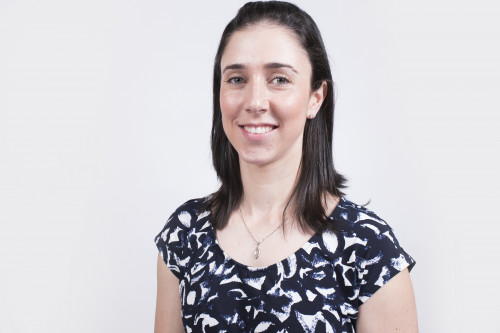Obstetric anaesthetic service
Introduction
The increasingly complex medical needs of some women in pregnancy means that anaesthetic and critical care requirements around the time of delivery need to be carefully mapped out. Women with serious cardiac and respiratory disease, bleeding disorders or spinal cord injury require a personalised anaesthetic plan for delivery and the postpartum period which may necessitate high dependency unit admission at the Mercy Hospital for Women or intensive care admission at the co-located Austin Hospital. In such cases, a multidisciplinary team meets to formulate a comprehensive care plan across both hospital sites. Involving the woman in this plan during pregnancy is crucial so that she and her family are fully informed, thus minimising the stress around the time of birth.
"In high risk cases where we anticipate complex anaesthetic and critical care requirements, a co-ordinated approach is essential," says Dr Andrew Robinson, consultant anaesthetist and head of Mercy’s critical care team. "Being in the clinic with the cardiologist or haematologist, as well as the obstetricians and midwives is ideal, as it means every detail is taken care of - right down to which midwives will visit in ICU to express milk in the postpartum period. I could easily forget that bit!"
Our service
The obstetric anaesthetist is available in the Maternal Medical clinic to ensure all members of the multidisciplinary team are involved in co-ordinating a plan for pain relief, anaesthetic and critical care requirements around the time of birth and the postpartum period. Patients will generally see the anaesthetist on two occasions; once to discuss their individual pain relief and anaesthetic requirements and again close to the time of delivery to finalise a detailed peri-partum plan.
How to be referredFor clinicians - who can be referred?
This clinic welcomes referrals for women with high risk pregnancies where complex anaesthetic or critical care requirements can be anticipated. This includes women with cardiac disease, intrinsic or restrictive pulmonary disease, bleeding diatheses, severe spinal deformity or spinal cord injury and serious anaesthetic sensitivities such as malignant hyperthermia.
How to refer a patient






